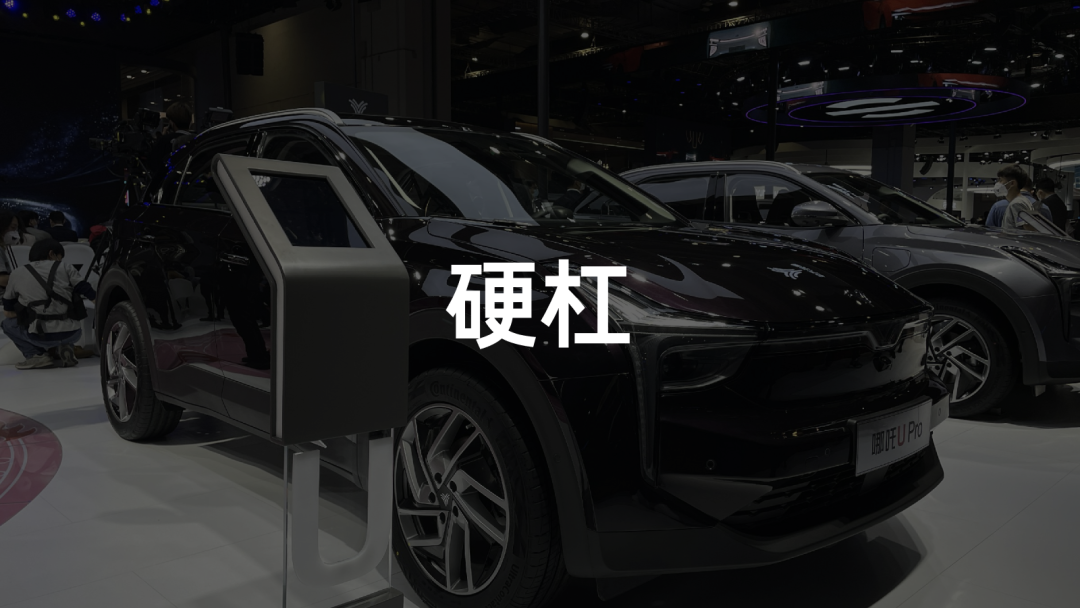The charging speed is getting faster, the battery is getting larger, and the range is no longer a anxiety. The point-to-point automatic driving assistance with lidar has become a reality. Green light guidance, cross-intersection collision warning, and V2X vehicle-road collaboration are no longer just concepts.
Countless new technologies have been implemented and countless new models have appeared. All the editors of Garage No.42 spent the first day of the auto show exclaiming “This is the most exciting auto show I have ever participated in.”
The 2021 Shanghai Auto Show has released many heavyweight new energy vehicles, which not only have strong product capabilities, but also breakthrough price and market positioning. They are in close combat with Tesla. It is precisely this vigorous development of intelligent electric vehicles that has aroused our excitement.
In the midst of excitement, I also began to think that the maturity of the Chinese new energy vehicle consumer market may still not have enough models that can compete with Tesla.
After all, these cars are still too expensive for ordinary people.
The recently acclaimed models are all priced around 300,000 yuan, and several models equipped with lidar even exceed 400,000 yuan. This is not a price that ordinary consumers can afford.
The main battlefield of automobile consumption, electric vehicle product capabilities cannot impress consumers
In recent years, the new energy vehicle consumer market has shown a trend of high-end products above 300,000 yuan, or A0 micro-cars below 50,000 yuan that have successfully broken through.
However, the 150,000 yuan-level family car market, which should occupy a normal distribution position, has always been difficult to find a place.
New energy vehicles priced at 300,000 yuan can compete with gasoline vehicles at the same level in terms of performance and usability, and completely crush gasoline vehicles at the same level in terms of intelligence. Therefore, the cost performance ratio surpasses gasoline vehicles at the same price, and such product differences provide possibilities for new energy vehicles to continuously erode the gasoline vehicle market.
However, this erosion cannot truly shake the proportion of gasoline vehicles and new energy vehicles, because the basic market lies in the 150,000 yuan-level family car market that most people can afford.
In the 150,000 yuan-level automobile consumption market, there are many old-fashioned family-use gasoline vehicles that have been replaced by multiple generations, such as Buick Ang Lou Ka and Honda CR-V, that have very good cost performance ratio.Compared with 150,000-level pure electric vehicles, the high proportion of battery cost in the vehicle’s BOM results in a trade-off among range, configuration and price, making it difficult to impress consumers. The market penetration rate of pure electric vehicles is far lower than the average level.
At this year’s auto show, a new car was released, claiming to be “the first cost-effective and intelligent pure electric SUV to rival fuel cars”. It is NETA U Pro, the fourth mass-produced model from NETA Automobile.
Priced from 99,800 to 159,800 yuan and equipped with L2 assisted driving system and intelligent cockpit functions, the NETA U Pro boasts a maximum NEDC range of 610 km, truly demonstrating the strength of a 150,000-level fuel car and throwing a bomb at the fuel car market.
Enabling a 150,000-level new energy vehicle to have the same convenience as a fuel car
For 300,000-level new energy vehicles, charging efficiency can be improved through battery swapping and self-built fast-charging networks, and a range increase can be achieved by installing batteries with over 100 degrees, leaving adequate room to solve the convenience of
driving. But for the 150,000-level new energy vehicle market, which is limited by costs, how to make electric vehicles approach the convenience of fuel cars without increasing the selling price is a difficult problem to solve.The 610 Exploration Edition of NETA U Pro boasts a NEDC range of 610 km, which is more than enough for daily commuting and short-distance intercity travel, especially given the significant increase in public fast charging network density. With a price tag of 159,800 RMB, the convenience of using a NETA U Pro is almost equivalent to that of a gasoline car. Besides, the convenience level will be even higher if there is a charging station at home.
To achieve high endurance, NETA U Pro is equipped with an 81.57 kWh ternary lithium battery and adopts the CTP technology to achieve 75% high integration. NETA also independently developed its own H-EPT3.0 constant temperature battery management system to ensure that the battery cells work in the appropriate temperature range during different charging and discharging scenarios. This can not only prevent thermal runaway but also improve the discharge efficiency. Even in low-temperature environments, the system can provide better real-world range performance. Moreover, H-EPT3.0 also has thermal runaway diagnostic functions to accurately predict and avoid overheating.
The battery thermal management system is just one of NETA’s explorations on how to maximize the range while minimizing the cost. To further increase the range, NETA U Pro also optimizes several other aspects, including AGS active intake grille, low-drag calipers, single-pedal mode, and efficient PDCS power domain control system. These localized mechanical optimizations and software logic designs help NETA U Pro maximize the utilization of its 81.57 kWh battery and achieve higher and more realistic range performance.
With these technologies and configurations, NETA U Pro aims to surpass gasoline cars and attract more users.Except for the 400 Cruise version with a price of 99,800 yuan, which is equipped with Cruise Control, NETA U Pro has L2 intelligent driving assistance system on all other configurations. According to Zhang Xu, Dean of NETA Engineering Research Institute, this L2 intelligent driving assistance system was jointly developed by NETA and suppliers. Many core technologies are in their own hands, so the cost can be much lower than using supplier packaging solutions directly, making it possible for more consumers to enjoy the convenience brought by the L2 driving assistance system.
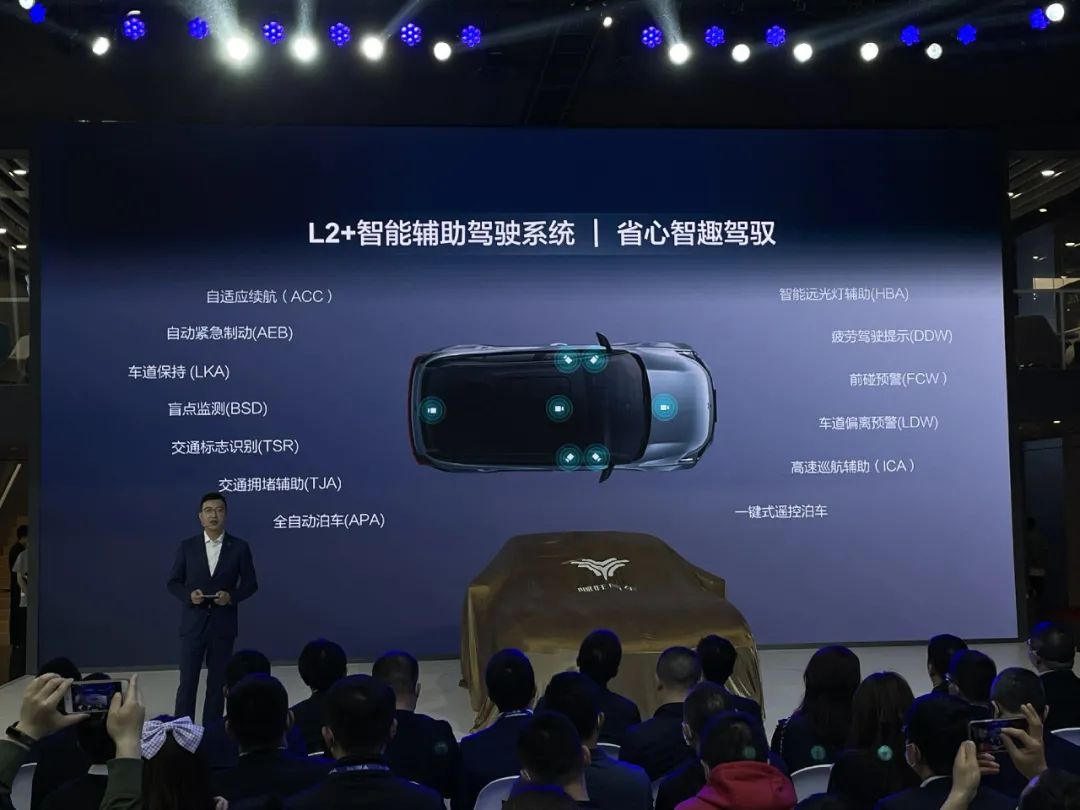
The driving assistance function of NETA U Pro is very comprehensive, including basic functions such as ACC adaptive cruise, lane-keeping, and AEB emergency braking, as well as advanced driving assistance functions such as APA automatic parking, traffic congestion assistance, and high-speed cruising assistance.
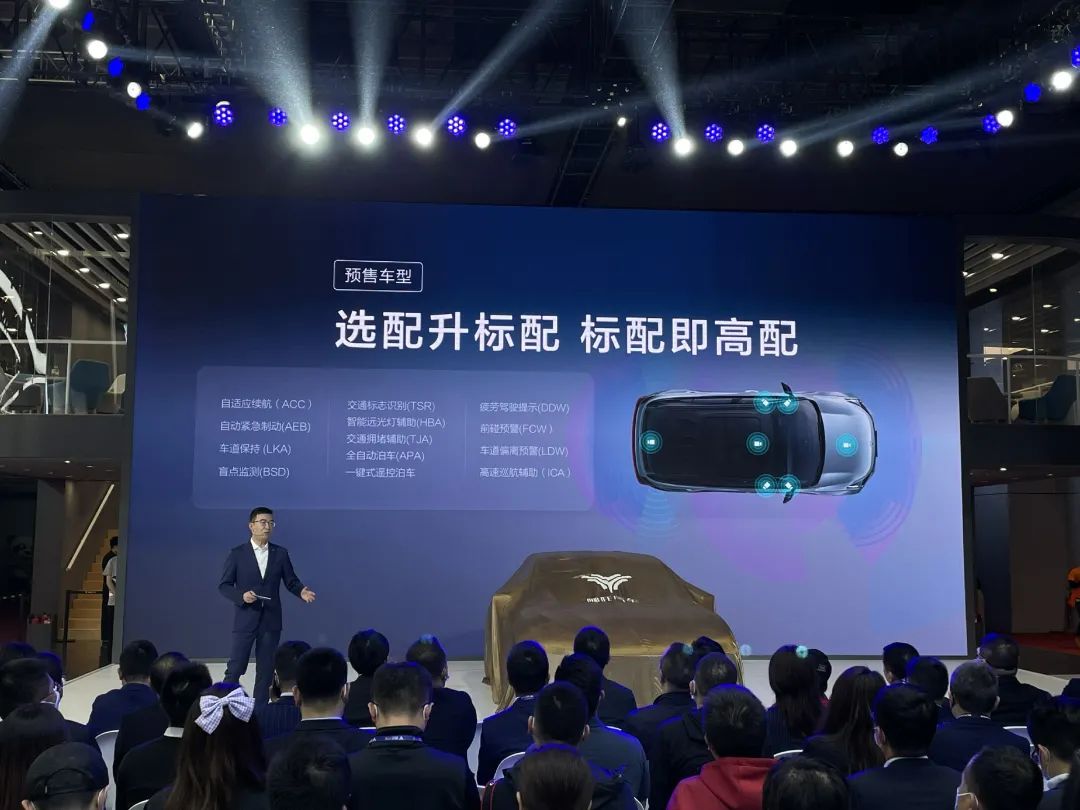
For fuel-powered vehicles, only some B-class cars costing more than 200,000 yuan have these driving assistance features. NETA U starts with L2 driving assistance from a car model priced at 129,800 yuan, undoubtedly accelerating the transformation of traditional cars into intelligent vehicles, and also allowing NETA U Pro, a new energy vehicle, to have a higher cost performance compared to fuel-powered vehicles of the same level and price.
The intelligent cockpit is also the “ammunition” that NETA U Pro uses to compete with fuel-powered cars of the same level. NETA U Pro is equipped with a vehicle life parameter detection system, a smart car system that supports 4G network and AI voice control as standard. These configurations are also absent from most fuel-powered cars of the same price. At the same time, I also believe that the smart car system is the aspect where most fuel-powered cars priced at around 150,000 yuan satisfy user needs the least.# Online Listening, Navigation, Smart Voice Interaction, UI Close to Consumer Electronics
These have gradually become the must-haves for users, while traditional car companies are still using the mindset of car manufacturing to make car machines, lacking sensitivity to user experience. The UI interface is discouraging and the intelligence of the voice assistant is unsatisfactory. This market indeed needs competitors like NETA U Pro that align with consumers’ perception of smart car machines.
In addition to the basic intelligent cockpit functions, the 15.98 million RMB version of NETA U Pro, “if you take into account the purchase tax, this model should actually be targeted at around 140,000 RMB fuel SUVs,” is also equipped with a facial recognition camera. It can log in each driver’s personal account through FACE ID without any extra effort and provide personalized services for that driver’s habits, ecological accounts, preset information, such as automatic adjustment of seating posture, and personal music, map accounts that are bound to their own accounts.
This design is very important for multi-user and family car needs, where each user can switch accounts seamlessly, saving the tedious manual operation and protecting the privacy of each driver, such as navigation history information.
However, the most significant feature of NETA, the transparent A-pillar, is optional in NETA U Pro. The principle of this feature is to use the eyebrow tracking algorithm to display the outside blind spot view, which is blocked by the A-pillar but should be visible to the driver, on the AMOLED flexible screen mounted inside the A-pillar. This supplements the blind spot information and displays some navigation and other driving information on demand, which can improve driving safety to some extent.
As promoted by NETA, “promoting the intelligence of mass products,” utilizing its own development and research advantages in intelligence gradually reduces the threshold for consumers to enjoy intelligent configuration, which is very valuable. By relying on the technological configuration that crushes fuel cars of the same price, NETA U Pro can also significantly attract fuel car owners to shift their purchasing decisions towards intelligent pure electric cars.
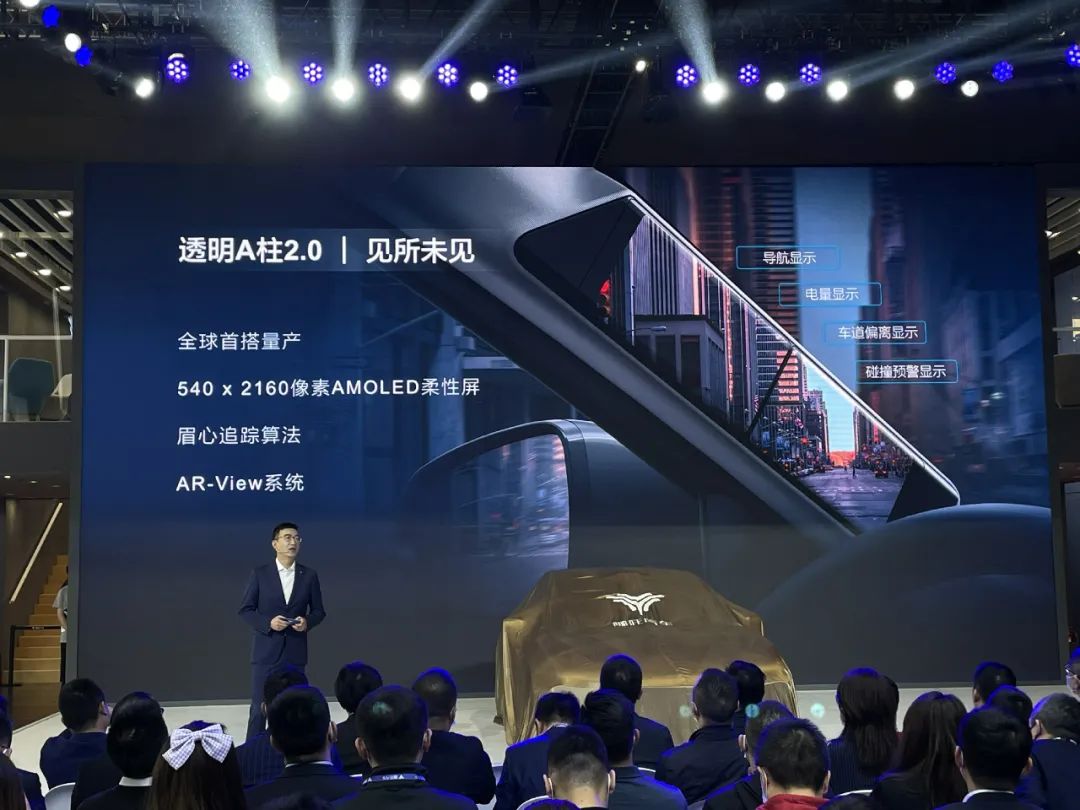 In the 150,000 yuan family car market, NETA U Pro is taking on traditional fuel car giants such as Volkswagen, Toyota, and General Motors. With its impressive software development capabilities and cost control abilities, NETA U Pro offers consumers a new choice in terms of price, power experience, driving convenience, advanced driving assistance systems, and intelligent cockpit – a true rival to other fuel cars at its level. This is an extraordinary choice for intelligent electric vehicles.
In the 150,000 yuan family car market, NETA U Pro is taking on traditional fuel car giants such as Volkswagen, Toyota, and General Motors. With its impressive software development capabilities and cost control abilities, NETA U Pro offers consumers a new choice in terms of price, power experience, driving convenience, advanced driving assistance systems, and intelligent cockpit – a true rival to other fuel cars at its level. This is an extraordinary choice for intelligent electric vehicles.
Only by competing with fuel cars in the mass consumer market can the penetration rate of electric cars be truly improved. In this process, NETA Motors is using “Tech-to-Value” to boost “Cost-Effectiveness”. The company has expanded the coverage of L2 advanced driving assistance systems and intelligent cockpit experiences, which to some extent will change the competition rules in the 150,000-yuan car consumer market.
Just as Apple has led the trend in the high-end market in the popularization of smartphones, Xiaomi’s production of products with extreme cost-effectiveness has also been instrumental in upgrading traditional phones to smartphones in the wider mass consumer market. Similarly, in the new energy vehicle market, NETA U Pro is like a dragon slayer who has penetrated into the fuel car market. Regardless of success or failure, this product is of great significance.
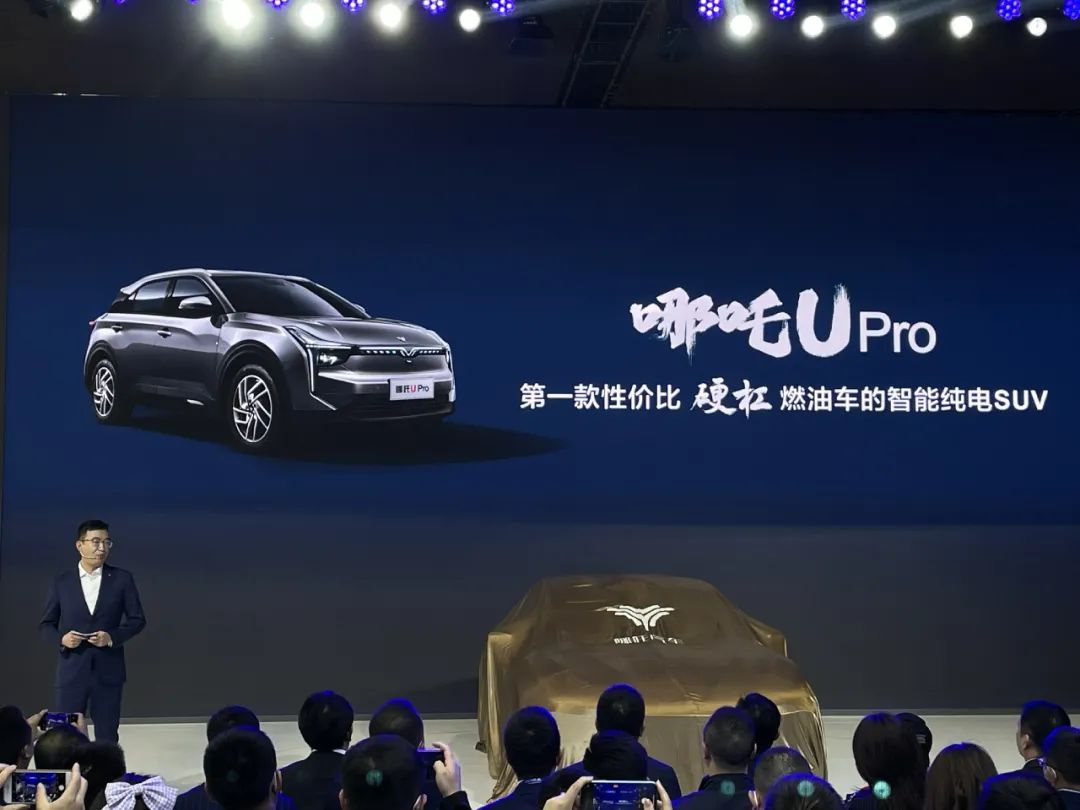
This article is a translation by ChatGPT of a Chinese report from 42HOW. If you have any questions about it, please email bd@42how.com.
